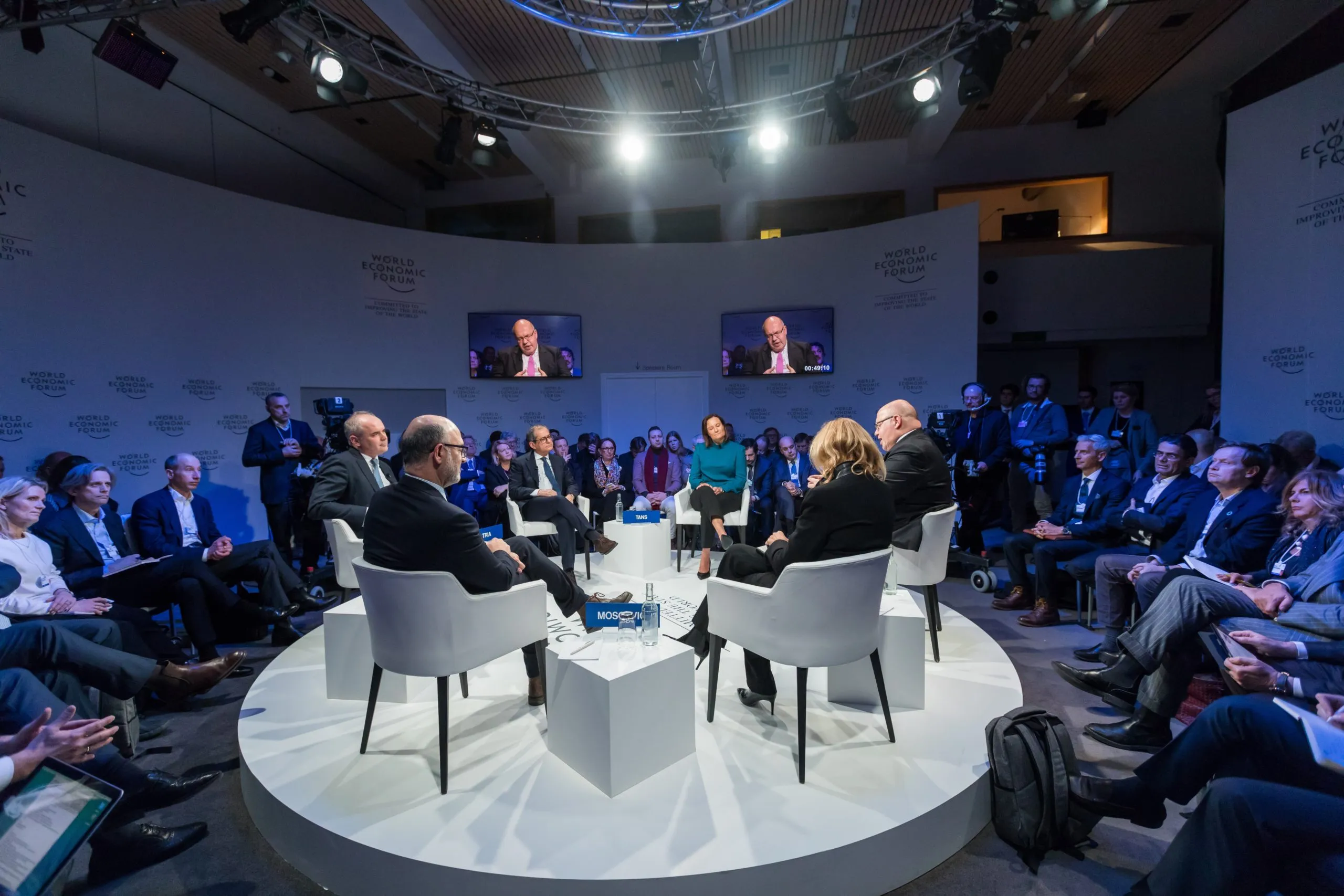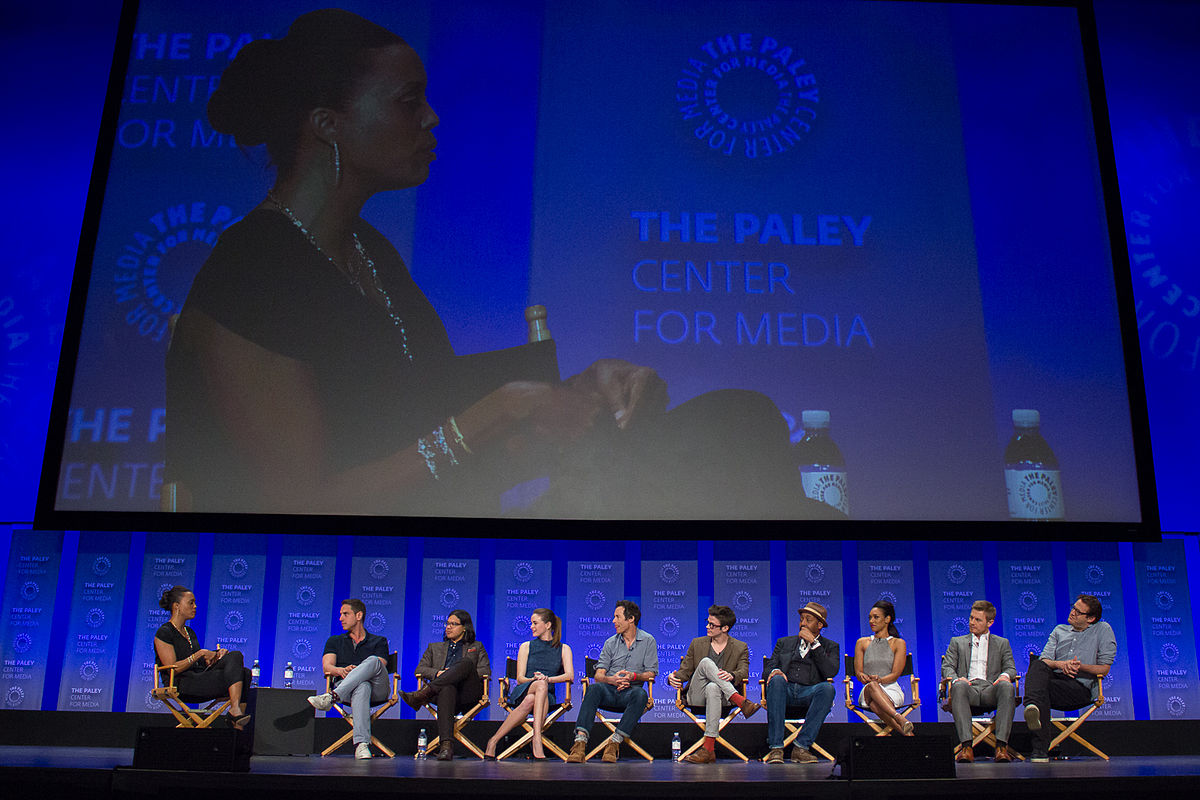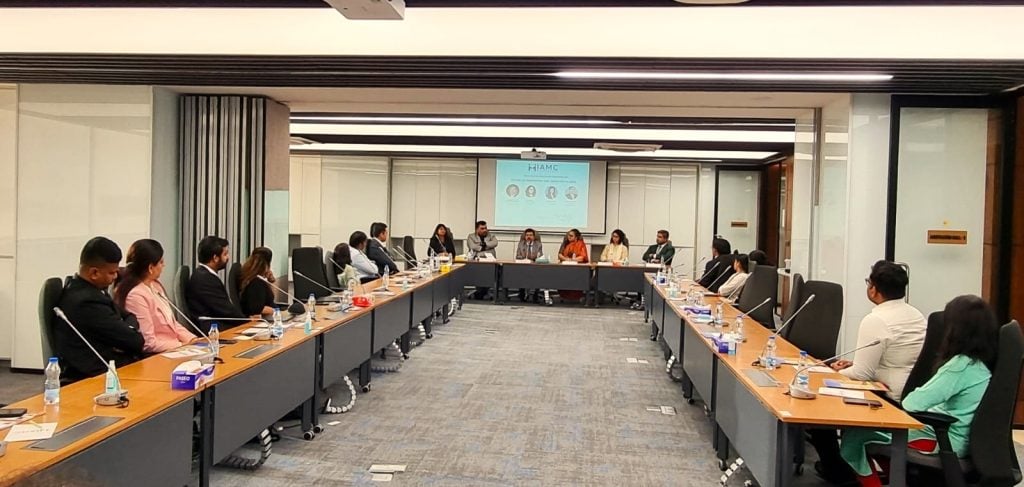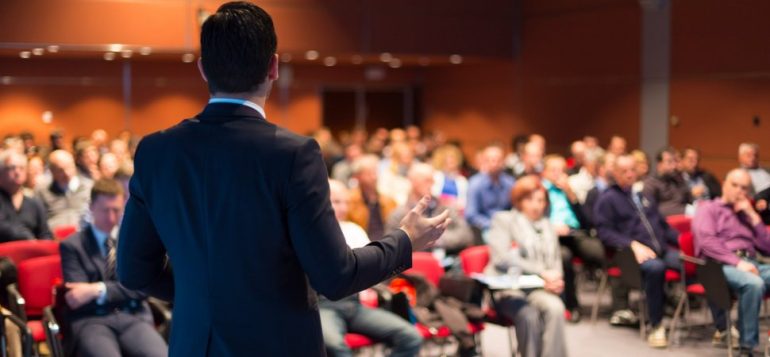In today’s crowded digital world, cutting through the noise to reach your target audience has become increasingly challenging. While social media campaigns and content marketing remain essential, savvy PR professionals are rediscovering the unmatched power of face-to-face interactions through conferences and panel discussions. These events offer a unique opportunity to showcase expertise, build meaningful relationships, and generate authentic brand awareness that digital channels simply cannot replicate.
The strategic use of conferences and panels for PR extends far beyond simply showing up and delivering a presentation. It requires a comprehensive approach that begins months before the event and continues long after the final applause. When executed properly, these speaking opportunities can position your brand as an industry thought leader, generate valuable media coverage, and create lasting connections with key stakeholders, influencers, and potential customers.
The beauty of conference and panel PR lies in its authenticity. Unlike traditional advertising or promotional content, speaking at industry events allows you to demonstrate genuine expertise while providing value to your audience. This approach builds trust and credibility in ways that traditional marketing tactics cannot achieve. Furthermore, the content generated from these events—whether through live social media coverage, recorded sessions, or follow-up articles—provides a wealth of material for ongoing content marketing efforts.
Understanding how to effectively leverage these opportunities requires strategic planning, compelling storytelling, and meticulous execution. The following comprehensive guide will walk you through every aspect of transforming conference and panel appearances into powerful PR victories.
Strategic Event Selection and Goal Setting

The foundation of successful conference PR begins with choosing the right events and establishing clear objectives. Not all conferences are created equal, and your presence should align strategically with your brand goals and target audience. Start by conducting thorough research to identify events where your ideal customers, industry influencers, and key media representatives will be present.
When evaluating potential conferences, consider factors such as attendee demographics, media presence, and industry relevance. A smaller, highly targeted event with the right audience can often provide more value than a massive conference where your message gets lost in the crowd. Additionally, examine the event’s social media reach, past media coverage, and the caliber of other speakers to gauge its potential impact on your PR objectives.
Setting clear, measurable goals is crucial for determining success. Are you seeking to generate leads, build relationships with industry influencers, launch a new product, or establish thought leadership in a specific area? Your objectives should guide every aspect of your conference strategy, from the topics you choose to discuss to the follow-up activities you plan. Without a clear focus, your message can become diluted, reducing the effectiveness of your PR activities.
Crafting Compelling Content and Storytelling
Once you’ve secured speaking opportunities, the next critical step is developing content that resonates with your audience while advancing your PR objectives. Effective conference presentations go beyond sharing information—they tell compelling stories that engage audiences and create memorable experiences.
Strong storytelling should be a priority in your PR strategy, as people connect with narratives that resonate with their experiences and challenges. Instead of simply presenting facts and figures, weave your expertise into stories that demonstrate real-world applications and outcomes. For example, rather than just discussing industry trends, share specific case studies that illustrate how your approach has solved actual problems or created measurable results.
When preparing content for panels, remember that your role extends beyond being an expert—you’re also an entertainer and educator. Panel discussions require a different approach than solo presentations, as you must balance sharing your perspective with engaging in meaningful dialogue with other panelists. Research your fellow panelists thoroughly, understanding their backgrounds and viewpoints to anticipate how the conversation might unfold and where you can add unique value.
Mastering Panel Discussion Dynamics

Panel discussions offer unique opportunities for PR impact, but they require specific skills and preparation to maximize their effectiveness. As a panelist, your success depends not only on your expertise but also on your ability to engage in dynamic conversations while maintaining your key messages.
Preparation is critical for panel success. Beyond understanding the topic deeply, you should research each fellow panelist to understand their perspectives and potential areas of agreement or disagreement. This knowledge allows you to position your contributions strategically and avoid redundancy while adding genuine value to the discussion.
During the panel, focus on providing concise, impactful responses that demonstrate your expertise while respecting time constraints. Lengthy or rambling contributions require tremendous cognitive effort from the audience and can diminish the impact of the session. Practice delivering your key points in various timeframes, from 30-second soundbites to two-minute detailed explanations, so you can adapt to the flow of conversation.
Effective panelists also know how to build on others’ contributions while steering the conversation toward their areas of expertise. This collaborative approach enhances the discussion quality while ensuring your unique perspective is heard and remembered by the audience.
Maximizing Media Relations and Coverage
Conferences provide exceptional opportunities to build relationships with journalists, bloggers, and industry influencers who can amplify your message far beyond the event itself. However, successful media engagement requires strategic planning and genuine relationship building.
Begin engaging with media representatives well before the conference begins. These relationships should be fostered long before the event, with the conference serving as an opportunity to connect socially rather than the first point of contact. Research which journalists and influencers will be attending, and reach out in advance to schedule meetings or informal conversations.
When meeting with media representatives, come prepared with valuable information that extends beyond your immediate brand interests. Share industry insights, research findings, or trend observations that could be useful for their coverage, even if it doesn’t directly promote your company. This approach builds goodwill and positions you as a valuable source for future stories.
Social Media Integration and Real-Time Engagement

Social media serves as a powerful amplifier for conference PR efforts, extending your reach far beyond the physical attendees. A well-executed social media strategy can generate buzz before, during, and after the event while creating valuable content for ongoing marketing efforts.
Before the conference, create anticipation by sharing relevant blog posts, industry insights, and behind-the-scenes content about your preparation. This pre-event content helps establish your presence and gives followers a reason to pay attention to your conference activities. Research the event’s official hashtag and any trending topics related to the conference theme to ensure your content reaches the broadest relevant audience.
During the event, live-tweet key insights from your presentations and other sessions, using the conference hashtag to join broader conversations. Share photos, quotes, and real-time observations that provide value to your followers while showcasing your active participation. Encourage booth visitors and audience members to engage with your social media handles, creating additional touchpoints for relationship building.
Post-Event Follow-Up and Content Maximization
The end of a conference marks the beginning of the next phase of your PR strategy. Effective follow-up can extend the impact of your conference participation for months while strengthening the relationships you’ve built.
Immediately after the event, send personalized thank-you notes to new connections, fellow panelists, and media contacts you’ve met. Include specific references to your conversations to help recipients remember your interactions and provide clear next steps for continuing the relationship.
Create comprehensive follow-up content that captures and extends the value of your conference participation. This might include blog posts summarizing key insights from your presentations, articles analyzing major conference themes, or case studies demonstrating how conference discussions relate to your clients’ challenges. Such content serves multiple purposes: it provides value to your audience, reinforces your expertise, and creates SEO-friendly material for your website.

